Residents – Mammals
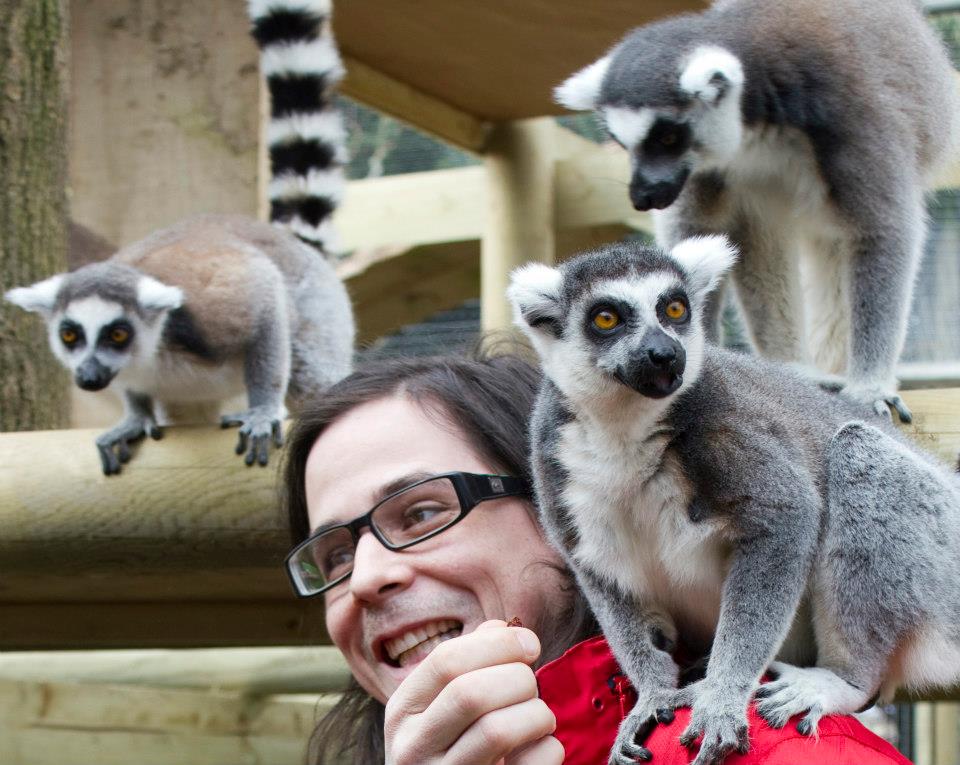
Ring-Tailed Lemurs
Lincolnshire Wildlife Park first rehomed the Ring-tailed Lemurs in 2009. This gentle species are one of the focuses of our animal experience packages as they are such a pleasure to interact with and are such a gentle and close family unit.
Watch them leap from branch to branch with such ease and read about their interesting habitat on the remote island of Madagascar. Lemurs are highly social primates which are often seen living in groups of 17 and above, they are female dominant which means the males do not really get a look in until the females say so! Although you’ll see them swinging from branches, they are often ground-dwellers seen foraging for food. They are extremely vocal, using different calls to alert danger & using scent to mark dominance.
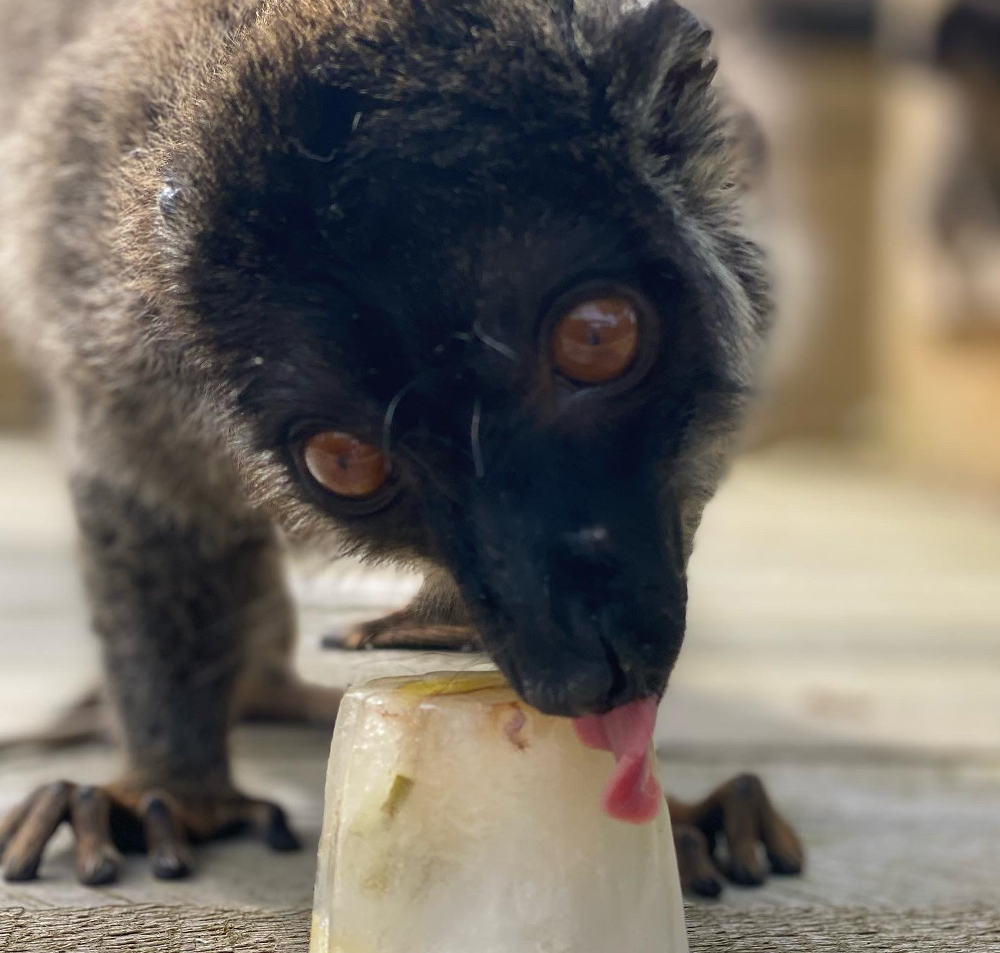
Common Brown Lemurs
The Common Brown Lemurs at the park arrived at the same time as our Black & White Ruffed Lemur, and have a newly refurbished enclosure near the Tigers.
There are 3 Lemurs and they are much smaller and stranger looking than our other two species. They belong to the Island of Madagascar but can also be found on the Island called Mayotte; although they are thought to have been taken there by man originally.
They have short dense fur which is usually brown in colour with bright red/orange eyes. They are quite unique in the fact that their diet can be quite varied; they usually eat fruits, leaves and flowers but will also eat small insects and bark, sap and even soil! They have a much higher tolerance to toxic compounds found in plants than other species.
They are generally more active during the day, but have also been monitored as having high levels of activity at night, especially during the dry season and during a full moon!
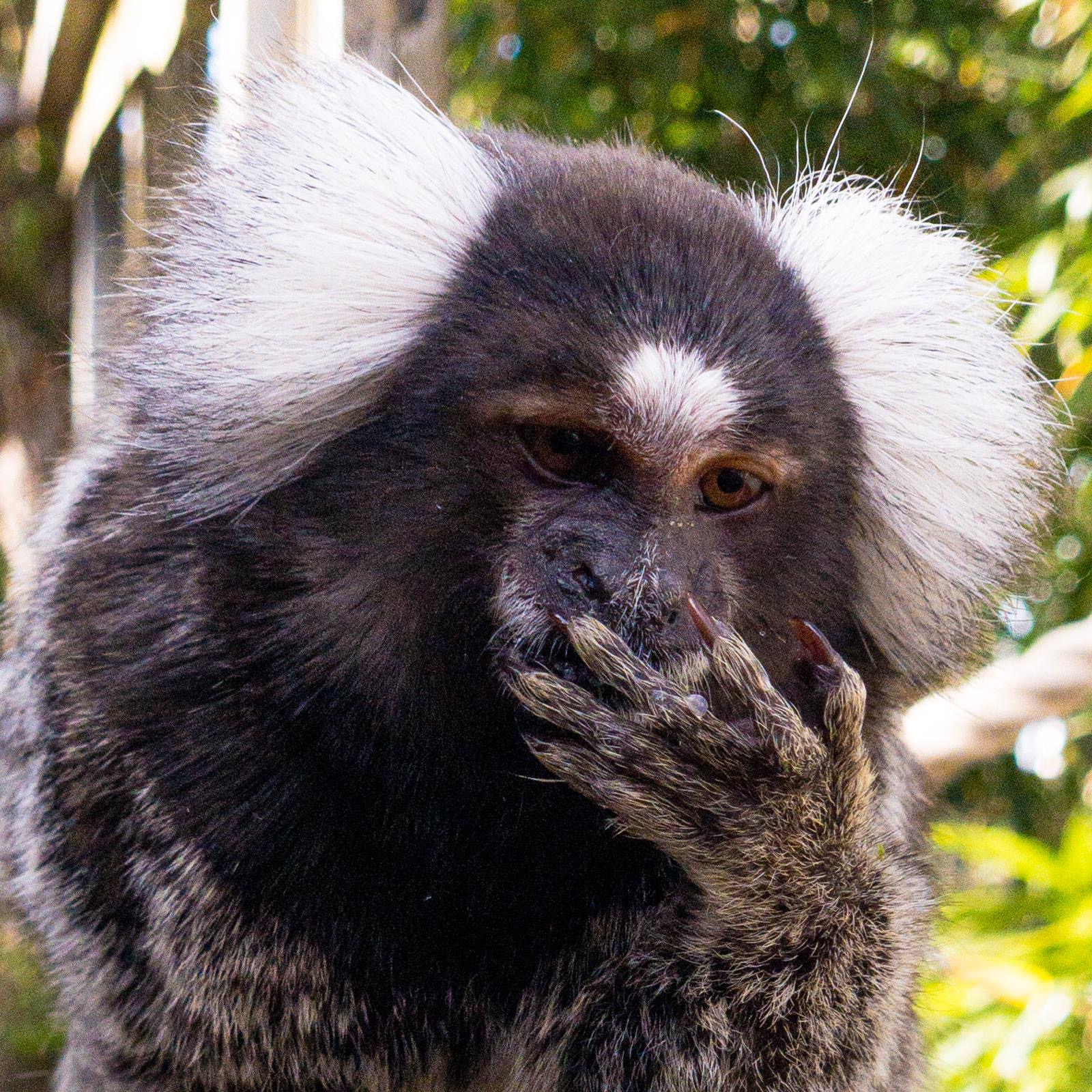
Marmoset Monkeys
We have 2 Marmoset Monkeys to live out the rest of their lives with us at Lincolnshire Wildlife Park. They are great little monkeys and are living together in their enclosure next to their noisy neighbours, the Macaw Parrots.
They are only very small monkeys, measuring an average of 20cm and are native to South America. They are one of 22 species of New World Monkey; including species such as the Buffy-Headed, Black-Headed, Emilia’s and the Gold & White Marmosets. They are highly active and live in the upper canopy of forest trees, feeding on insects, fruits and leaves. They live in groups of around 15 in the wild and most members will play a role in caring for any off-spring, taking it in turns to carry them around on their backs and bellies!

Reindeer
Just next door to our Greater Rhea you will find our reindeer, Mother Lexi & Son Boomer. These interesting creatures are very timid and wary of people at first, until they get to know you. They have taken a particular liking to Steve, Lincolnshire Wildlife Park’s CEO… following him all around the enclosure when he visits and occasionally sneaking up on him when he’s not looking to see what he’s up to!
Reindeer are mainly from arctic tundras, and have some very interesting qualities. Their hoof pads soften and widen in warmer weather to walk with ease on the soft ground, in colder weather their pads shrink exposing their sharp hoofs which are able to dig into the ice for extra grip. Their antlers are like a human’s fingerprints, no Reindeer’s antlers are the same!
If you visit us during Halloween, then you will witness the shedding of their antler velvet… a bit of a gory encounter!
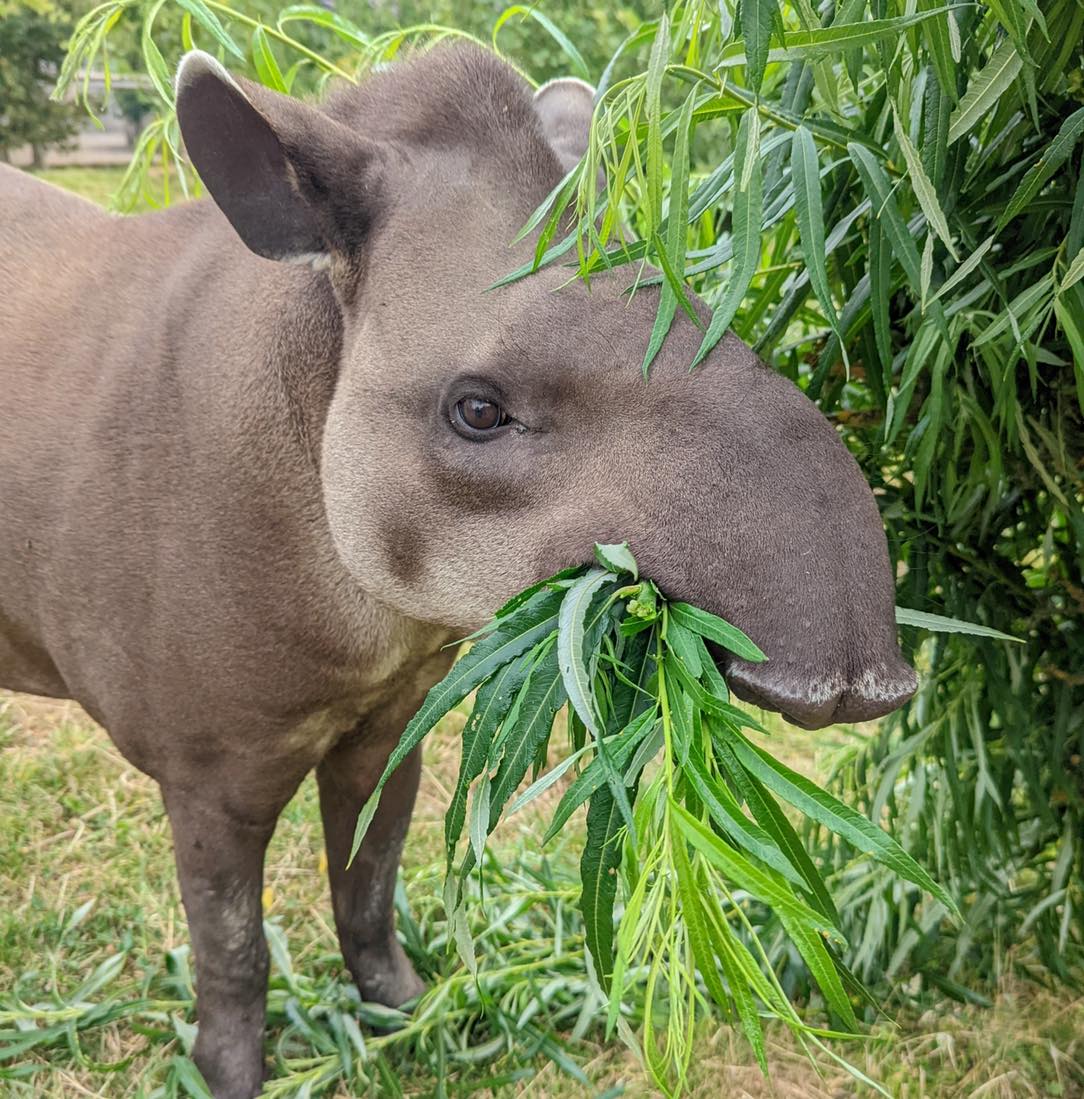
Lowland Tapir – Cecil
Our Lowland Tapir is named Cecil and contrary to his species, he is very gentle and friendly.
- Tapir originate in the wet Brazilian and South American rain-forests
- Tapirs are very agile and great swimmers and divers; despite their ‘heavy’ physique!
- Tapir are related to the rhinoceros and have special splayed toes to help them walk through soft muddy grounds, such as those near the waters edge.
- A group of Tapir in the wild is called a candle and baby Tapir are called calves. Calves have very different markings to adults though, as they are striped with white bands which helps to camouflage them in the wild.
A visit to Lincolnshire Wildlife Park means you will be able to see just how lovely our Tapir called Cecil is when he comes over to greet you, see his amazing features & watch him cool off and bathe in his pool.
Book an up-close experience with Cecil here
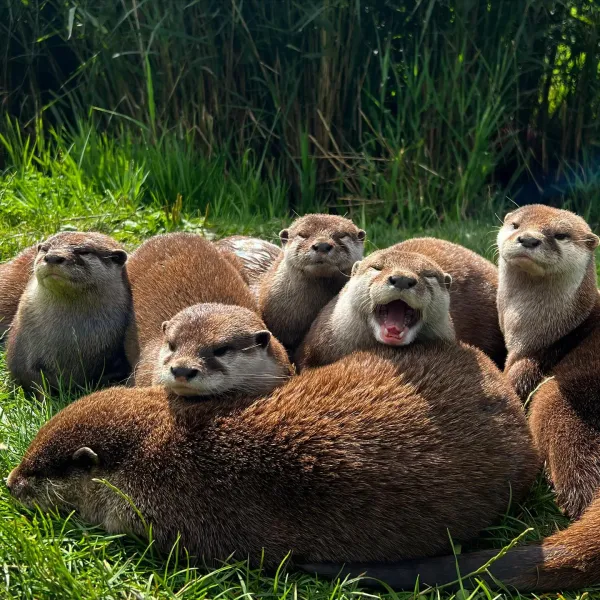
Otters
At Lincolnshire Wildlife Park we have a group of Asian Small-clawed Otters, also known as Malaysian or Oriental small-clawed or Asian clawless Otters. They are extremely cute but extremely shy and love to swim in the natural pool and hide in the reeds. With rocks to play with and grasses to roll around in, the enclosure is a haven for this species.
Otters have very aquatic features, including;
- Long streamlined bodies making them extrtremely agile within the water.
- Webbed paws, perfect for swimming
- Small round ears which close when under water.
- Their fur is very dense for warmth, meaning these mammals are extremely versatile in most weathers.
The animal keepers usually feed them near the viewing points of the enclosure so watch out for them impatiently waiting for their fishy treats!
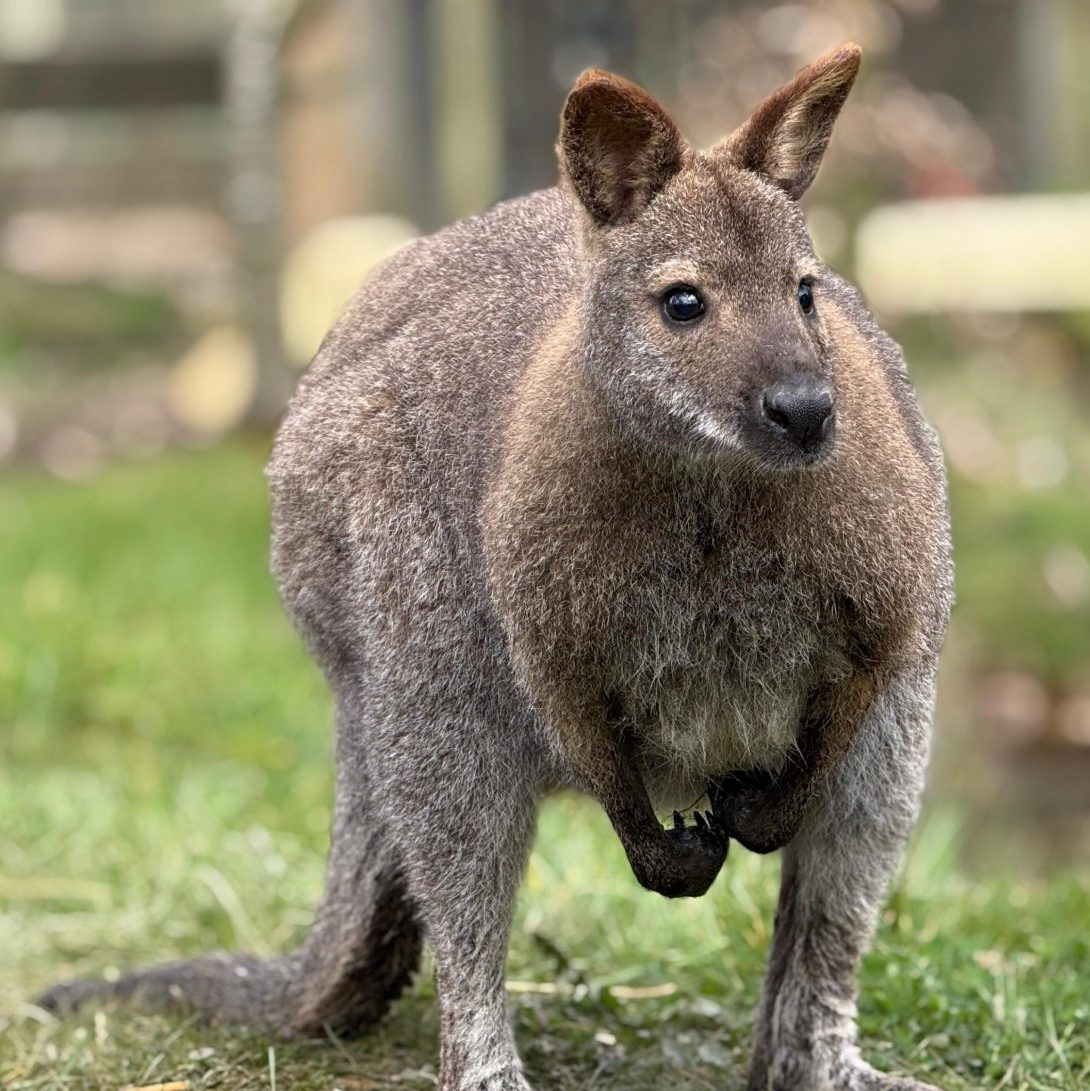
Red-necked Wallabies
One of the newest residents to the Park are our six male Red-necked Wallabies. One of these males is also Albino, which means they lack pigment in their skin, hair and eyes making their fur white and their eyes red. They were brought to the park to live near the nature reserve in the most wonderful naturally enriching enclosure. Originally from a private collection who could no longer provide for them, they now have a cosy stable, fresh water pond, natural grasses and trees.
- They originate from the Australian forests, shrubland and grassland.
- They are distinguished by the white fur along their upper lip and black feet.
- Males are usually larger than females.
- They are generally noctural, so are most active at nighttime and rest in the sun during the day.
The animal keepers usually feed them near the viewing points or you can view them live on Twitch by downloading the aspp for free!
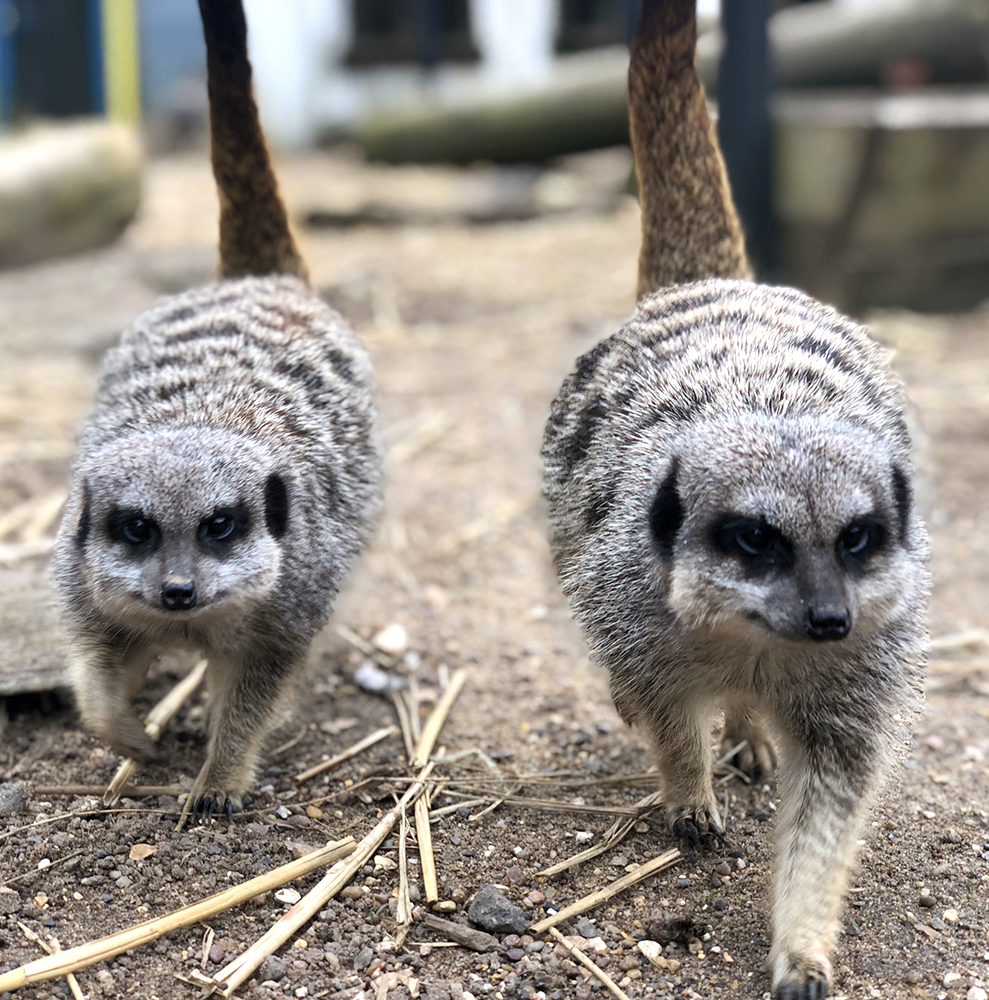
Meerkats
One of the most popular animals in most park’s are Meerkats, they are very interesting and humorous to watch while they dig & play. Their enclosure at our Park is designed with play in mind for these little creatures…visit Meerkat Wild Western Town. Witness our Meerkats stumbling out of Cleo’s Tequila Bar or digging in the cowboy’s graveyard, you’ll also see them enjoy an afternoon siesta in the barn! You can buy Meal Worms from reception to feed to these furry little relatives of the Mongoose; they’ll run up to you for that special close-up photo. Not only is their enclosure interesting but it is designed with all in mind, with low viewing points for children and wheelchair users; you can even fiund out your own Cowboy name! In the wild one of the most important jobs is that of the sentry, who is the ‘look-out’ of the gang. They find a high point to look out over the African plains & alert the others of any danger from predators.
Book an experience in their Western Town here
Did you know you can feed our Meerkats?
Buy your treats for just £2.00 from our Animal Snax kiosk within the park on your next visit!
